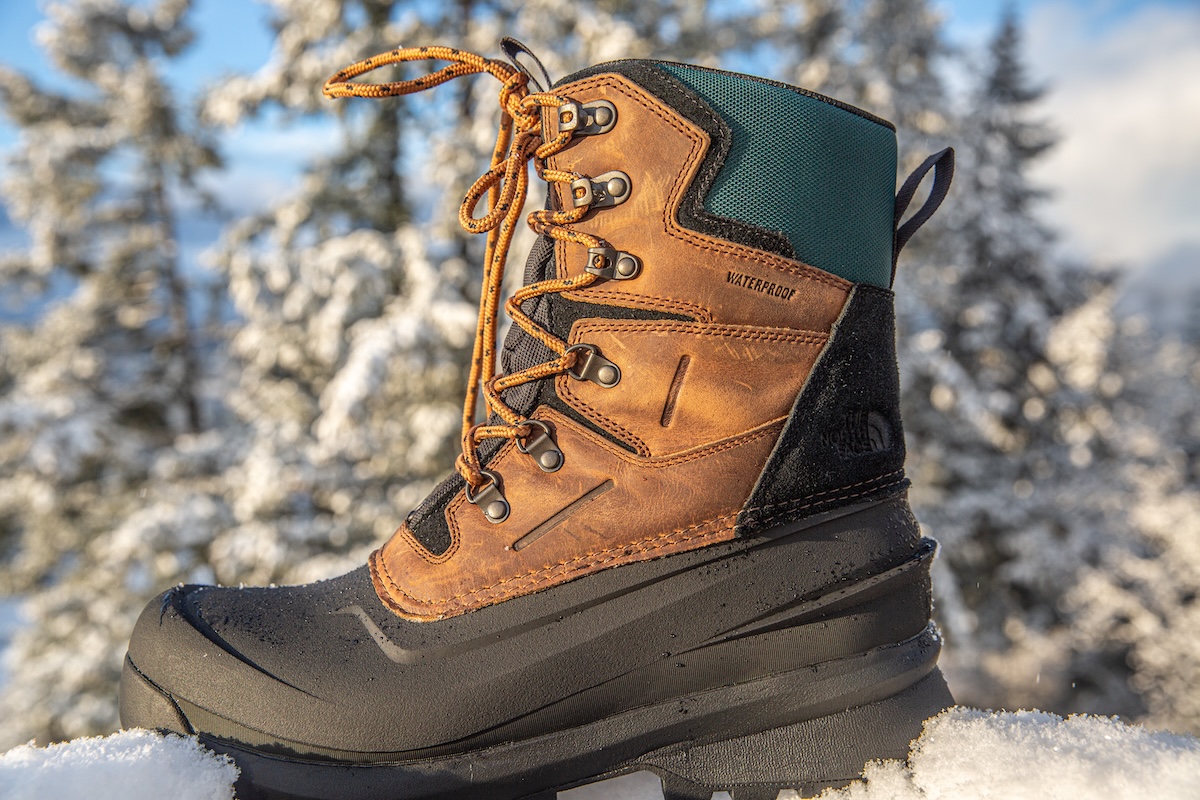
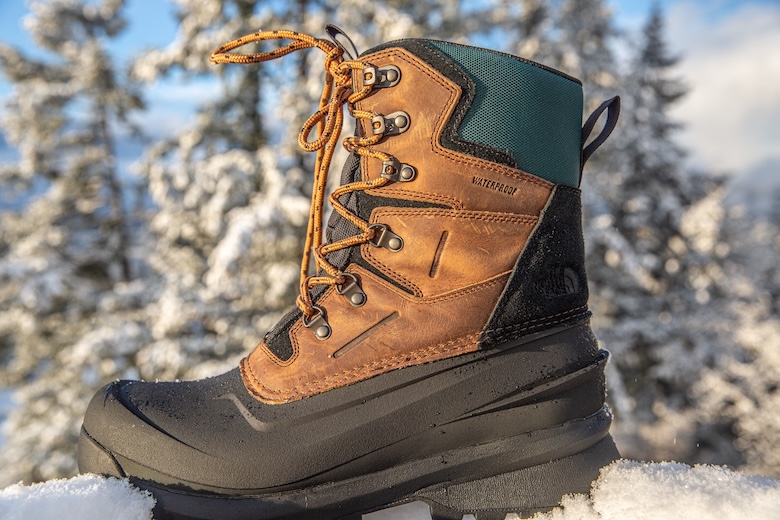
Price: $159
Insulation: 400g Heatseeker Eco
Shaft height: 8 in.
What we like: Stylish and warm with great traction and weather protection; a solid value for what you get.
What we don’t: Material tends to crease and protrude inward at the ankle on steeper terrain.
See the Men's The North Face Chilkat V 400 See the Women's The North Face Chilkat V 400
If you've been on the hunt for a quiver-of-one winter boot, the Chilkat V 400 from The North Face may end your search. This boot is well constructed, and the 400-gram (g) Heatseeker Eco insulation and sealed seams mean you're protected from most anything a typical winter may serve up. Additional thoughtful features such as D-rings for gaiter attachment and heel clips for snowshoe compatibility serve to increase the versatility of this stylish and well-considered boot. And at just $159, the Chilkat continues to undercut much of the competition without making sacrifices in overall quality and performance. Below are our thoughts on the Chilkat V 400. To see how it stacks up to the competition, check out our article on the best winter boots.
The TNF Chilkat V 400 packs in 400g Heatseeker Eco insulation, sealed seams, and high-quality materials throughout. It provided plenty of warmth during a cold front in my home on the southern end of Vancouver with temperatures that hovered between just above freezing down into the mid-teens Fahrenheit. In this area, we rarely deal with a ton of snow, but we can typically count on at least one or two snowfalls throughout the winter. I live mid-mountain though, so when it does snow, it generally ends up being a hefty amount, and I end up cursing my large driveway. And while I have a bad habit of believing that trail running shoes can do almost every job, the Chilkat proved to be the perfect boot for the monotonous task of shoveling snow for several hours. This boot has also been my go-to for walking the dog, both around the neighborhood as well as on the local trails. My feet remained dry and never got cold, even in deep snowdrifts.
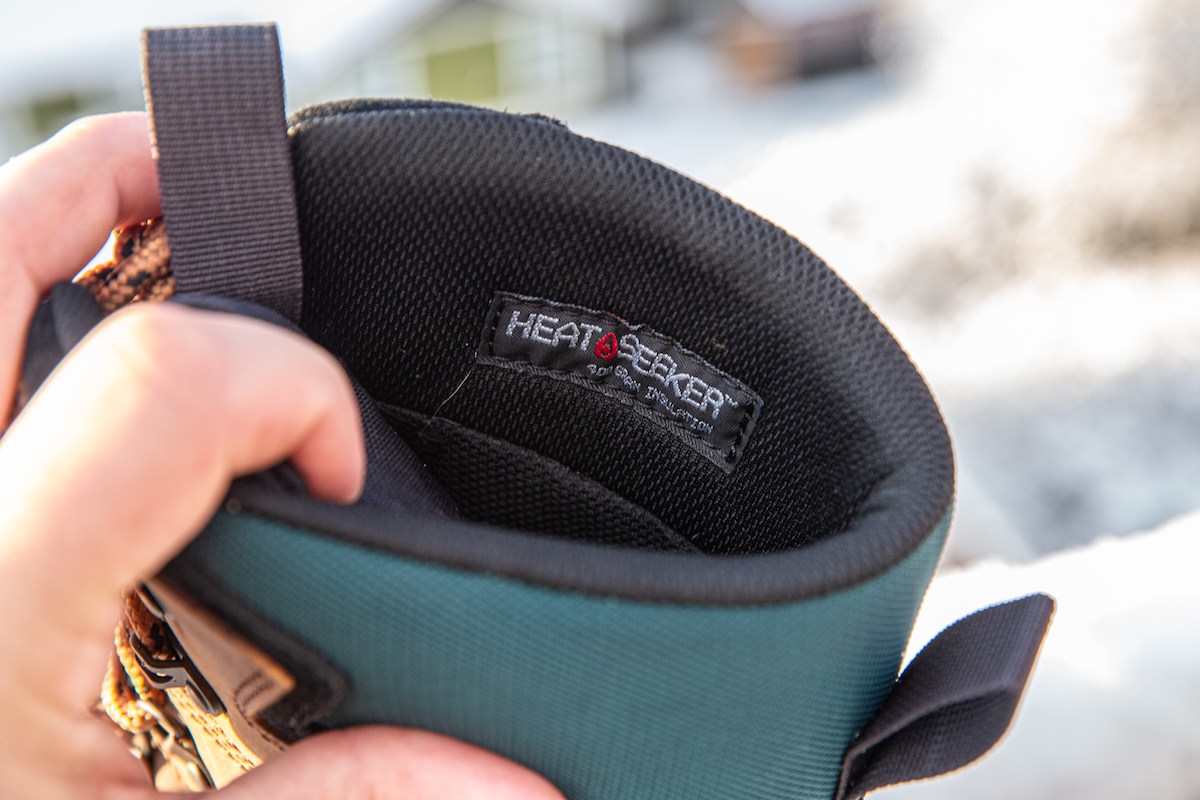
The rubber bottom of the Chilkat V 400 makes it obvious that the boot was designed to trudge through puddles and slush. The waterproof, molded TPU shell and seam-sealed construction ensure that any moisture remains outside the boot and away from your socks. The 8-inch-high waterproof leather and suede upper isn't the tallest boot we've tested, but it falls at a good height for comfort and for most situations—if more flood height is needed, there are D-rings at the base of the tongue to attach gaiters. Additionally, the hooked eyelets run almost to the top of the boot, leaving very little room for moisture to enter over the top when the laces are fully cinched. That said, I have found that if the insulated lining does get wet, it is difficult to dry because it's built into the boot. Models like the Kamik Nation Plus or Sorel Caribou, which have fully removable interior liners, are far easier to dry because you can separate them into two pieces. Still, in practice, only the top inch or so of the Chilkat's interior has become damp from shoveling in a large snowbank.
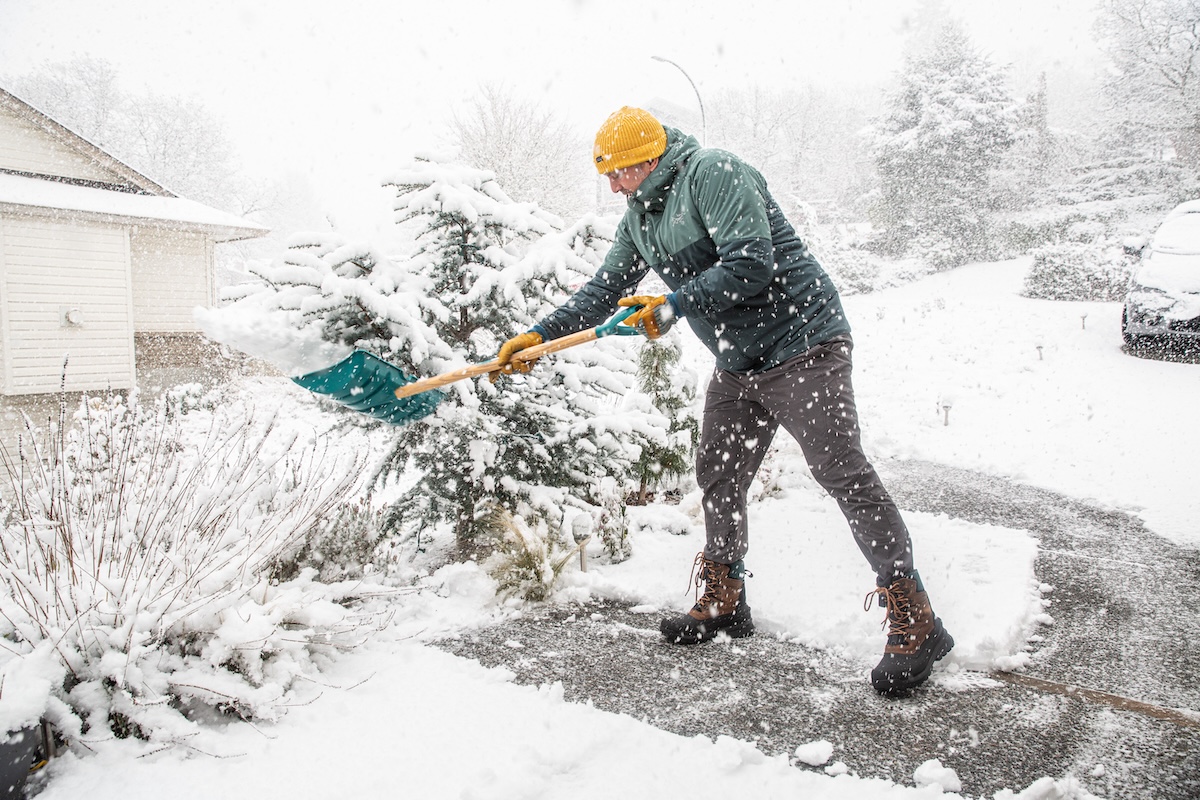
While it's a small detail, I appreciate that the Chilkat's hooked and set eyelets are all made with rustproof metal. Additionally, unlike my Kamik Nation Plus boots, the laces on the Chilkat stay put when tightened and do an excellent job securing the top of the boot from most moisture. The laces on the Kamik tend to loosen and allow the upper cuff to gape open (for more info, check out my in-depth Kamik Nation Plus review).
The Chilkat V 400 has provided excellent traction in a variety of conditions and surfaces, from powdery snow to icy parking lots and even the snow-covered rooty and off-cambered trails on my local mountain. I have a lot of boots to choose from, but the Chilkat has been my boot of choice for walking (or being pulled by) my dog as he charges around in the snow. I've had no issues with slipping, sliding, or stumbling thanks to the Surface Ctrl rubber outsole, which is tacky and grips noticeably well. The sole also has deep lugs that not only grip well, they also shed unwanted snow and mud, keeping it from building up and reducing traction. After a rise in temperatures that caused a lot of melting, the temperatures plummeted again and left my neighborhood a sheet of ice. While the Chilkat provides excellent traction, I still didn't want to risk a fall, so I equipped the boots with a pair of winter traction devices. The fit was snug due to the bulk of the lower rubber, but I was still able to fit the spikes on to gain the extra traction I was looking for.
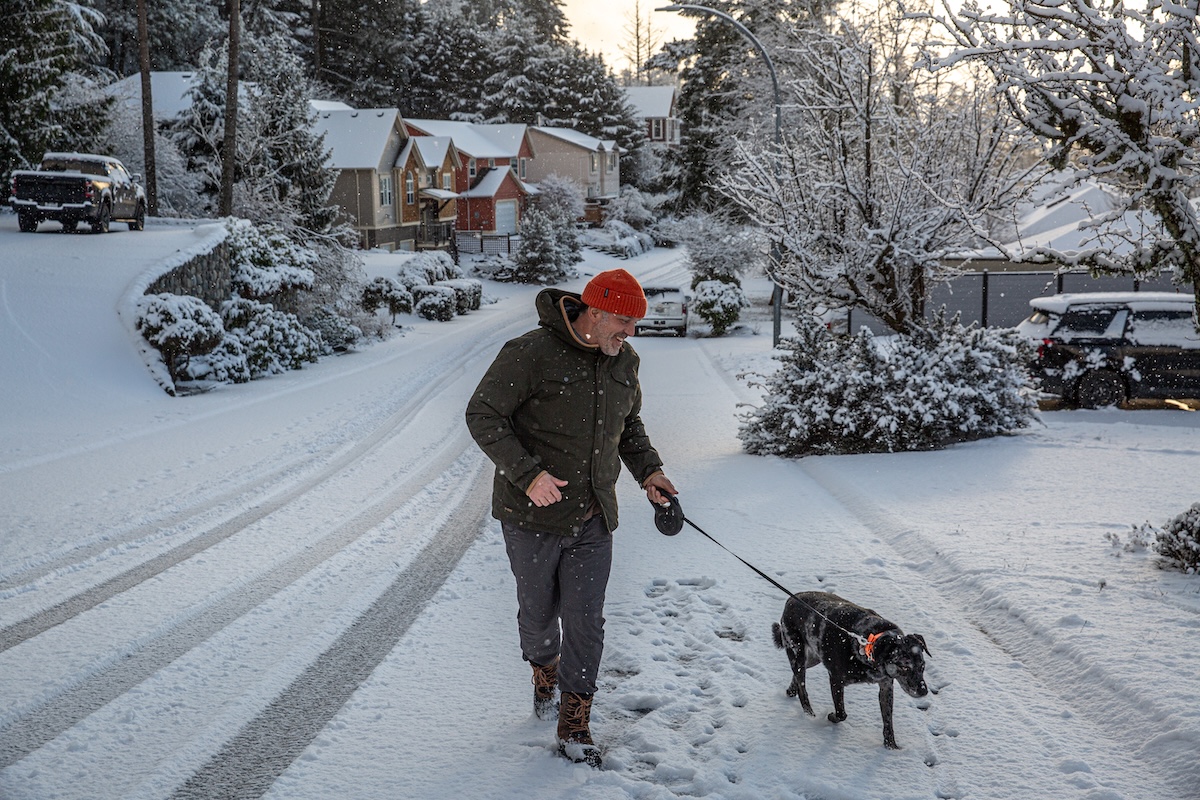
The Chilkat V 400 looks like it would be a large-volume boot, but it still feels decently nimble. The insulation nicely pads the interior and provides a well-cushioned and comfortable feel, and when fully tightened, the high laces provide a very secure, sock-like fit that conforms to the foot and lower calf. However, I have also worn the Chilkat on some longer hikes, and while they were fine, they didn't provide the arch and ankle support I would typically want, so my feet did feel fatigued, and my arches ached after a few hours on steeper, more technical terrain. I have overall found this boot to be best suited for shorter outings such as walking the dog, shoveling the driveway, or running errands around town.
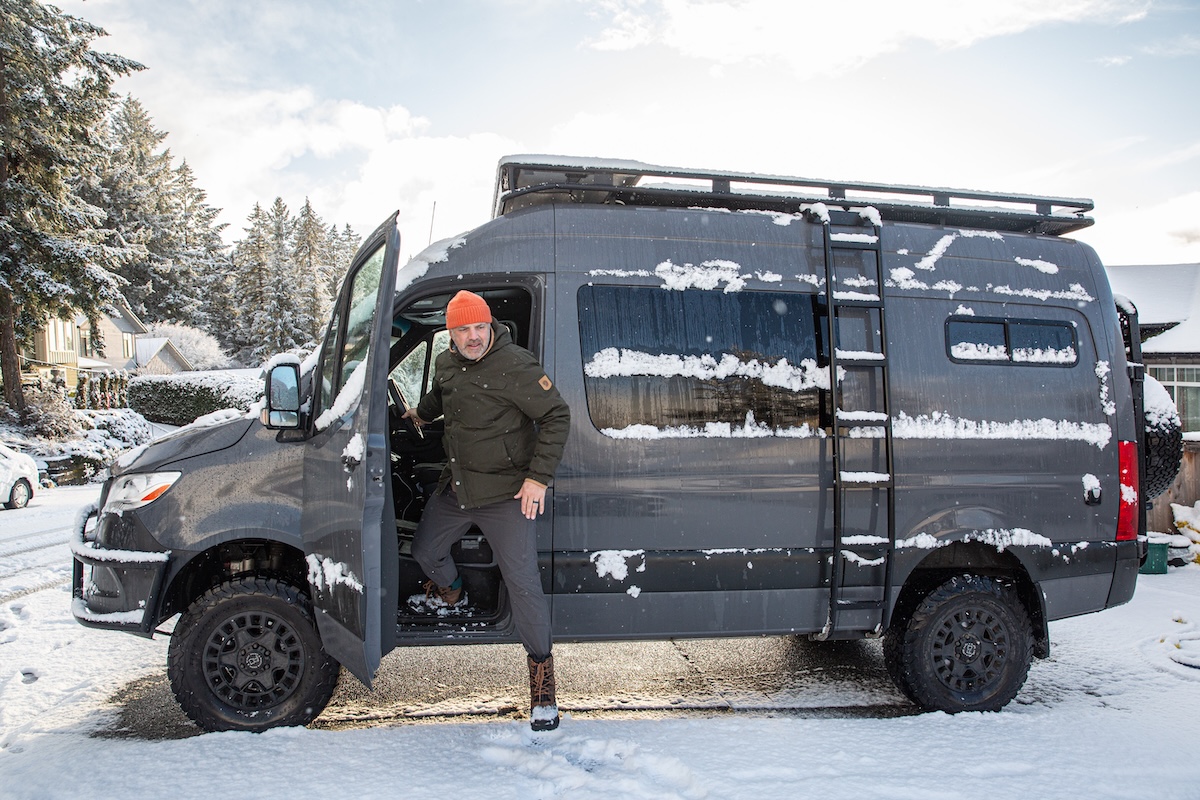
When the laces are fully tightened at the top of the 8-inch shaft, the Chilkat lacks ankle mobility, which can subsequently cause the leather just above the ankle to crease and rub against the lower shin. This only happened when I was walking up steep hills, but living in the mountains, this scenario came up a lot. The rubbing is far less noticeable on smaller inclines but could cause a blister or chafing on a sustained and steep hike. I have also snowshoes in the Chilkat, but it's not the best boot for this activity either—something with a smaller profile and more mobility would be a better choice. If you need a dedicated winter hiking boot, I'd recommend something more like the Merrell Thermo Chill Mid. That said, the Chilkat does have a handy heel clip to help lock snowshoe straps into place. It also serves as helpful leverage when taking the boots off, especially if the laces aren't fully loosened.
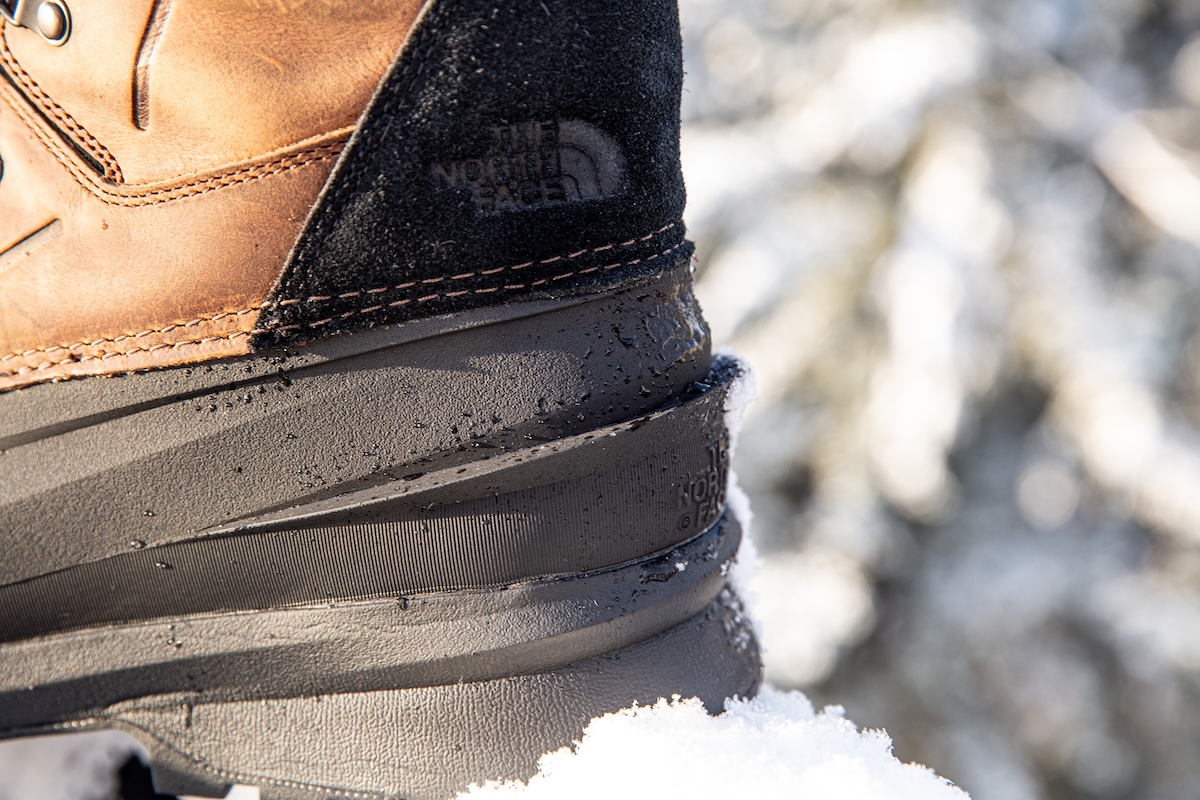
At 3 pounds 10.9 ounces for the pair in my men's size 11 (listed weight is 3 lb. 2.3 oz., likely for a much smaller size), the Chilkat comes in at a very respectable weight compared to its primary competitors, such as the heftier and bulkier Kamik Nation Plus (4 lb. 1.1 oz., also for a size 11). The Danner Arctic 600 is significantly lighter at under 3 pounds per pair, but it doesn't offer the shaft height or warmth of the Chilkat. Overall, while the Chilkat has some bulk to it, it doesn't feel overly cumbersome, even after wearing it for hours while walking around town and shoveling snow.
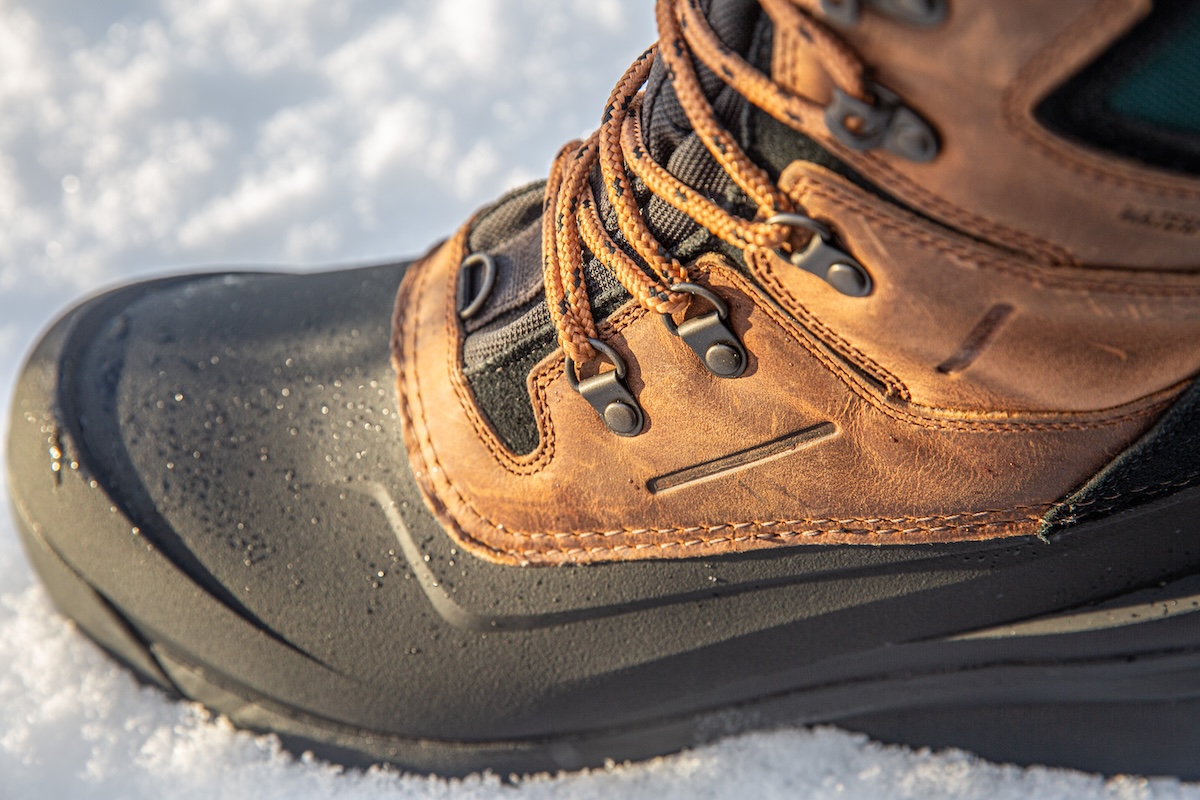
The Chilkat V 400 is a well-constructed and thoughtfully designed boot—not surprising given The North Face has been pushing out quality outdoor gear since the late 1960s. With a full-grain waterproof leather upper, thick and cozy synthetic insulation, and precise stitching throughout the boot, I've been impressed with the overall craftsmanship. I really like the leather and suede used on the exterior—it looks great and is very abrasion-resistant. All the stitching and seams have held up really well, and the lacing system works like a charm. I've had zero issues with the laces coming undone, and the rustproof eyelets (both looped and hooked) keep the laces in place and still look pristine. Even after months of use, both the leather upper and rubber lower have maintained their weatherproofing and continue to dispel moisture and offer ample protection from snow, rain, and slush. To keep everything in good shape as the season wraps up, I always rinse the salt off my boots and treat the leather so it doesn't dry out and crack. Additionally, the Chilkat comes with a limited one-year guarantee that protects against manufacturing defects.
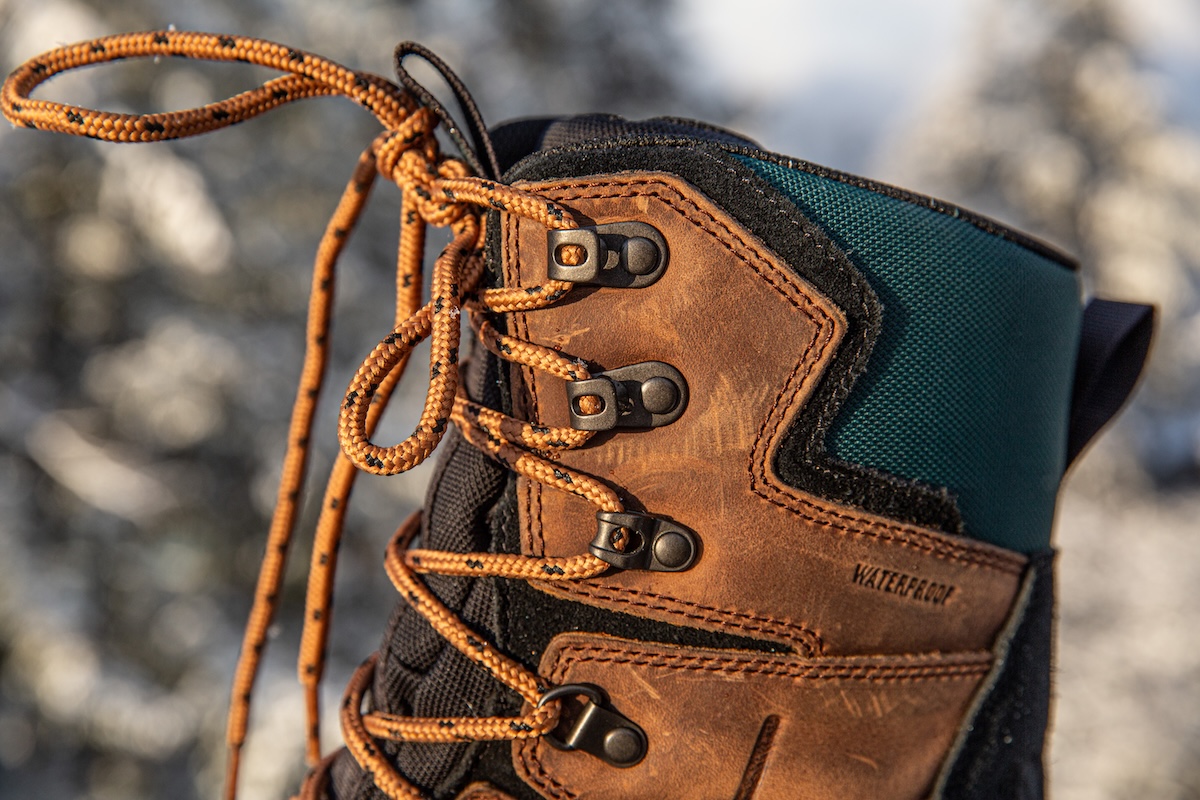
The Chilkat fits true to size. My size 11 boot easily accommodates a thick wool sock but is not too roomy when worn with a thinner sock, as tightening the laces snugly eliminates any space issues. I often have problems with narrow boots, and some reviews of the Chilkat online state that this boot fits slightly narrow. For my part, I have not found this to be true despite my relatively wide feet. However, though more svelte than the Kamik Nation Plus (which feels a little clumsy and lacks dexterity), the Chilkat is bulky when compared to more hiking-specific boots like the Merrell Thermo Chill Mid or Keen Revel IV Mid Polar. This makes putting on snowshoes a bit of a challenge, so if that's an important winter activity for you, you may want to reconsider the Chilkat.
The Chilkat V 400 is also available in a women's version for the same price, and The North Face offers the Chilkat V Lace Waterproof for $135. The V Lace has 200g Heatseeker Eco insulation instead of 400g and is a bit lighter—ideal if temperatures where you live don't drop below freezing very often. Stock for the Chilkat line is limited at the time of publishing, but we expect it to bounce back for the winter 2025/2026 season.
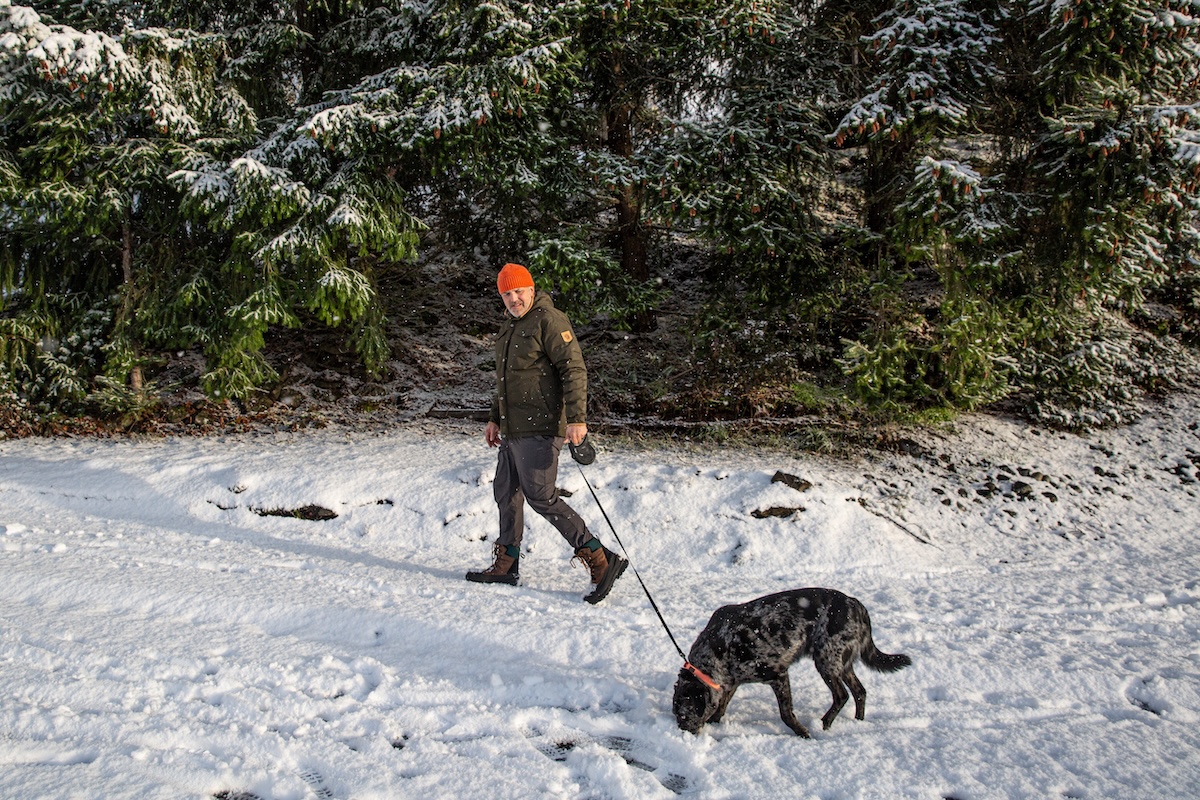
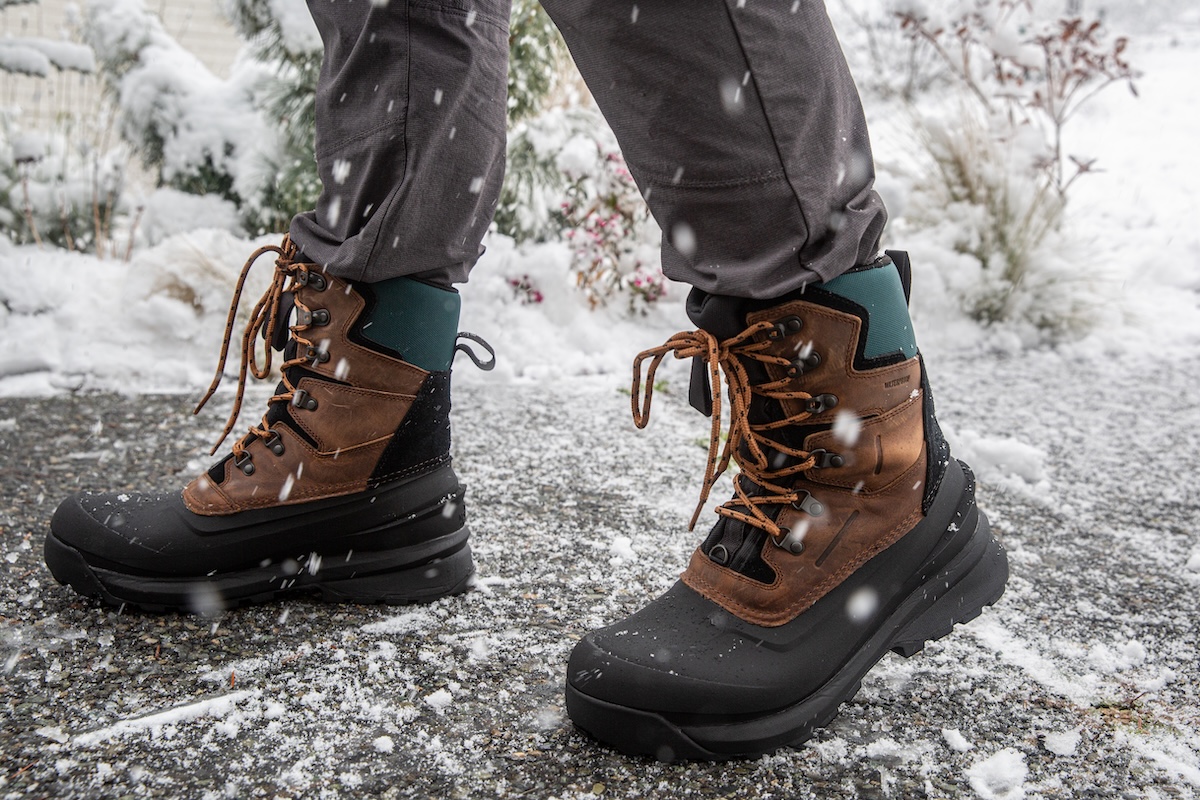
| Boot | Price | Category | Height | Insulation | Weight |
|---|---|---|---|---|---|
| The North Face Chilkat V 400 | $159 | Casual/work | 8 in. | 400g Heatseeker Eco | 3 lb. 2.3 oz. |
| Kamik Nation Plus | $100 | Casual | 10 in. | 145g Heat-MX | 3 lb. 9.6 oz. |
| Sorel Caribou | $200 | Casual | 9.25 in. | 9mm felt | 4 lb. 10.0 oz. |
| Merrell Thermo Chill Mid | $130 | Winter hiking/casual | 6 in. | 200g M Select Warm | 2 lb. 8.0 oz. |
| Baffin Impact | $260 | Work | 15 in. | 8-layer lining | 7 lb. 6.7 oz. |
The North Face Chilkat V 400 is a solid winter boot that's great for most folks in typical winter climates. If you need something for running errands, shoveling or blowing snow, or simple dog walks, the Chilkat is a pretty ideal option at an excellent price. However, if you'd like to save some cash, we also really like the Kamik Nation Plus. For just $100, you get a warm and well-made boot with a removable interior liner—a feature that can be a game-changer if your feet sweat a lot. The classic Sorel Caribou is another option with a liner that is separate from the exterior boot. The Caribou is heavy but very warm and durable, though it will cost you more at $200.
Both the Kamik and Sorel are big and bulky, so if you want to streamline your winter footwear for hiking and snowshoeing, the Merrell Thermo Chill Mid is not to be missed. It wears more like a traditional hiking boot but ups the ante for cold weather with 200g synthetic insulation, a much lower weight, and another stellar price point of just $130. Lastly, if you regularly experience arctic-like temperatures (we're looking at you, Minnesota), then it may be worthwhile to consider something like the Baffin Impact. This 15-inch-high boot is heavy and pricey, but if your lifestyle involves having to stand a lot in severe cold, spending up for a serious boot like the Baffin is likely priceless.
Back to The North Face Chilkat V 400 Review See Our Winter Boots Guide